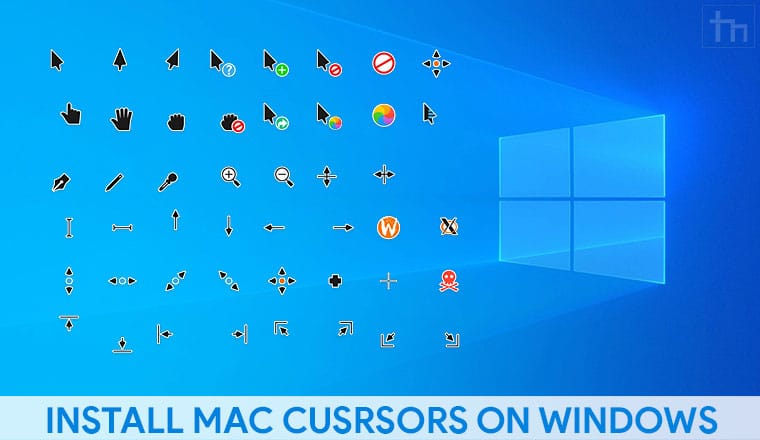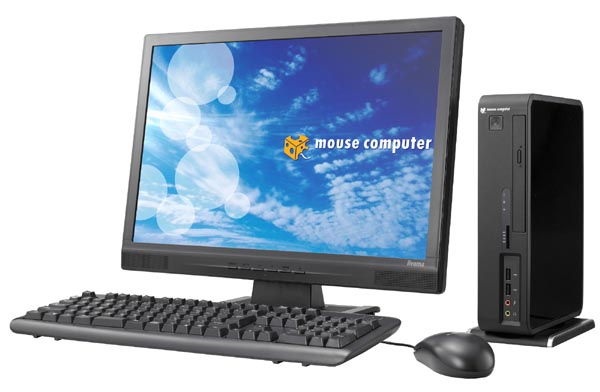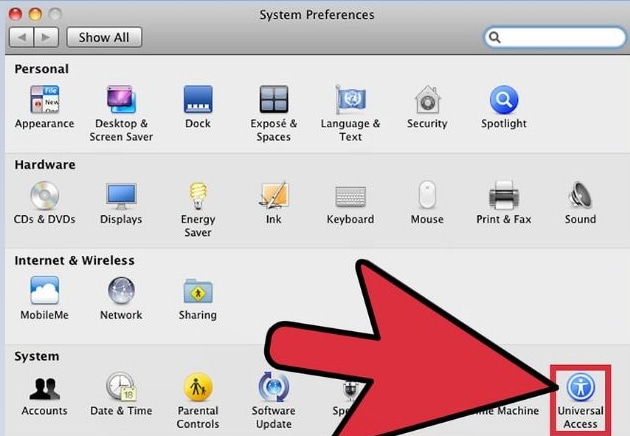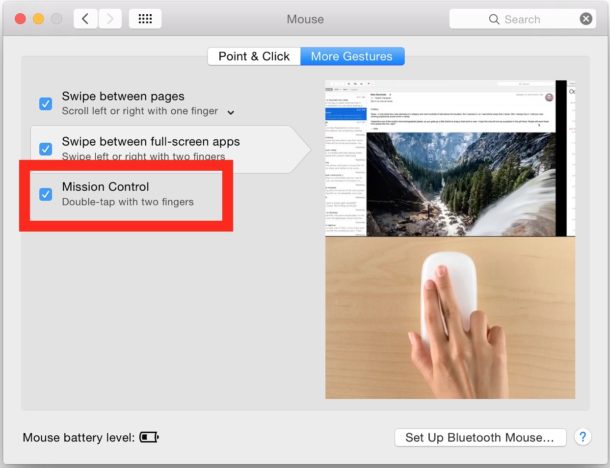

This includes any external hard drive that uses USB, FireWire, or Thunderbolt. If drivers aren’t available directly from the vendor, USB Overdrive and SteerMouse, mentioned above, will often fill the gap similarly, if you have a Windows-formatted trackpad accessory, BetterTouchTool may let you tweak its functions under OS X.Ī Mac can read from and write to a hard drive formatted for Windows as FAT32 (but not as NTFS), assuming that you can connect the drive to your Mac. As with multibutton mice, however, you may need to install drivers (from each peripheral’s vendor) to enable all of their features. Most other third-party input devices-including trackpads and pen tablets-should work with your Mac. If drivers aren’t available directly from the vendor, consider the third-party utilities USB Overdrive and SteerMouse they work with most mice and let you assign custom functions to each button, as well as perform other tweaks. Check the vendor’s website for OS X drivers for your mouse. If you own a mouse with more than two buttons, the extra buttons might work in OS X, but they may require a driver. Apple calls this approach “natural scrolling,” but if you find it unnatural-and if you’re not willing to acclimate to it-you can revert to traditional scrolling by using the Scroll direction setting in Mouse or Trackpad preferences. Note that in OS X 10.7 Lion and later, scrolling works the opposite of what Windows users are used to: When you spin your mouse’s scrollwheel toward you, the content of the current document or window scrolls down.

You control the mouse’s basic features-tracking speed, scrolling speed, double-click speed, and primary mouse button-in the Mouse pane of System Preferences.Ĭhange the tracking speed under Mouse preferences. MiceĪs with keyboards, any USB or Bluetooth mouse (including wireless mice that connect through a USB dongle) will work with the Mac you’ll be able to click and right-click just as you did under Windows, and if your mouse has a scrollwheel, that will work, too. You can’t trigger these special functions on a Windows keyboard by default, although if you pick up third-party software such as Keyboard Maestro, you can assign these actions to keys.

On these keyboards, the F-keys let you-to name a few examples-adjust volume and screen brightness, control media playback, and access OS X’s built-in Mission Control and Exposé features.

Add special functions to your third-party keyboard with Keyboard Maestro.įinally, many Mac-formatted keyboards have special functions assigned to the F-keys along the top row. Similarly, the Mac keyboard’s Delete key corresponds to the Windows Backspace or Backward Delete key to delete forward, you can (on Mac keyboards with a number pad) press the Forward Delete key or (on laptops and compact keyboards) press Fn-Delete.


 0 kommentar(er)
0 kommentar(er)
